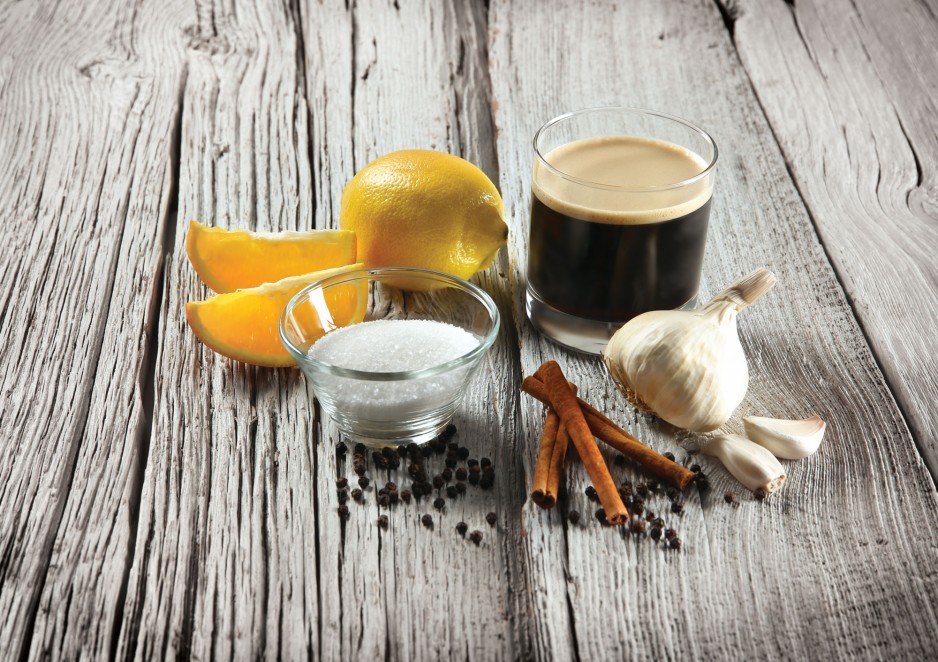
The Science of BBQ - Brining
Learning to cook better through science, who would have thought? This article explores what brining is, and how it works to improve the meat you are working with. So bag that bird, pack that pork, and share your shrimp. Let’s harness the power of salt!
What is Brining?
In super laymen’s terms, it’s soaking your meat in salt water. Okay, that doesn’t sound very appetizing; let’s dive in a little deeper. Brining is submerging a cut of lean meat, in a solution of salt for an extended period. At the end of this time, the meat that was brined will retain more moisture when cooked, providing a much better meal.
The most basic of brines is a solution of 5% to 8% salt to water (or other liquid). People often add sugar, pepper, wine, citrus, and garlic. As explained in our article about How To Get Bark When You Smoke, dissolved salt is small enough on a molecular scale, to penetrate the surface of meat, everything else, however, is not. So it is entirely reasonable to leave the extra flavors out of a brine and use them to season the meat just before cooking.
Oz-NO-sis!
It’s a common misconception that brining works through osmosis. At first blush, you think that it may. Water is absorbed through the surface of the meat = osmosis. Nope! The process of brining is even cooler than that! Once you submerge the meat, a whole turkey, a couple of chicken breasts or pork chops, or even some seafood, into that liquid, the dissolved salt will pass through the surface layers of the meat in an attempt to equalize the salinity between the meat and the water. This traveling salt will bring water in with it; increasing the volume of water in the meat you are brining and reducing moisture loss by up to 40% when the meat is cooked.
Meat is made of long bundled fibers that are housed in a tough outer sheath. This sheath contracts when heat is applied, literally wringing the moisture from the meat like you would wring out a sponge. What you’re left with is an unpleasant hunk of meat that no one wants to eat. When the salt works its way into the meat during brining, the salt dissolves or denatures some of the proteins. This loosens the fibers so the meat will absorb even more water. When heat is applied during cooking, these fibers won’t contract as much, meaning that more moisture stays in the meat as a result.
Brine There, Done That
Or, maybe you haven’t tried to brine anything yet. Brining can seem like a big and messy undertaking. Trust me, I’ve underestimated the size of containers or the amount of water needed before. However, if you follow the tips and tricks in our article about How To Brine, I’m sure you will do fine.
Our Recipe Blog has a wealth of recipes for you, from the uber gourmet to the laid back and easy ones, all are sure to impress. And keep up to date with everything new with Napoleon by following us on Facebook and Instagram.
Happy Grilling!

